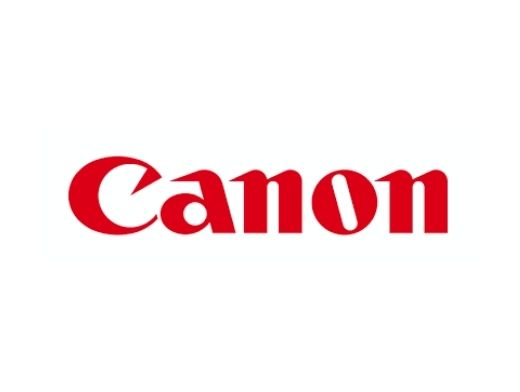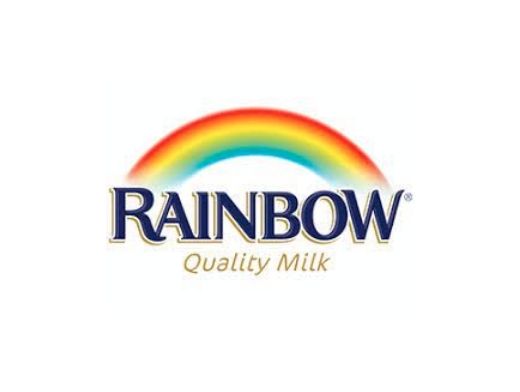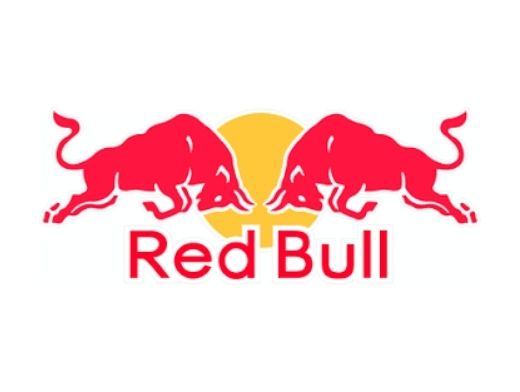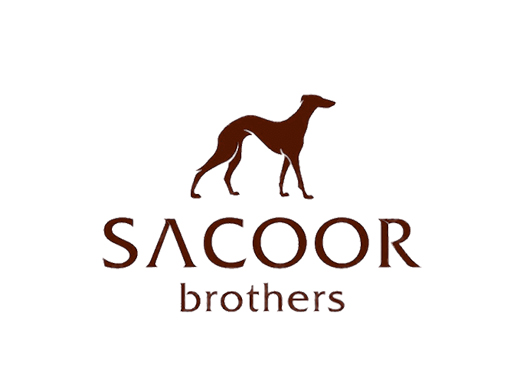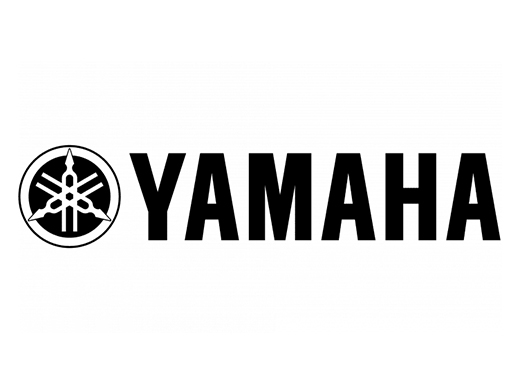Since the beginning of motion pictures, dance movies have been a common genre. Although it has occasionally been shown on screens thanks to the development of film throughout the years, dance has mostly been an artistic medium that has been presented on stages in live settings. Dance has undoubtedly made its mark on the movie industry, with major dancing routines in musicals, love stories where dance partners fall in love, and psychological thrillers that look at the dark side of the dance profession.
Discover the history, most prominent figures, and top works in this genre here.

What Is a Dance Movie?
A "dance movie" is a film in which dancing plays a major role in the plot or execution. Since the beginning of the cinema business, dance movies have been a mainstay of video production companies in Hollywood and other major film productions, and they are still well-liked by contemporary audiences all over the world. While some of the best dance movies, such as Saturday Night Fever and Dirty Dancing, don't have musical numbers, dance movies can also be musical movies.
Despite the fact that both dance movies and dance films include dance sequences, a dance film is typically only a documentation of previously performed choreography or dance works without a storyline, acting, or narrative.
A Quick History of Dance Movie History:
Beginning with the beginning of the twentieth century, the history of dance movies parallels the history of the motion picture.
1. Origins: Thomas A. Edison created one of the first dance movies in 1894 when he captured real-life dancer Ruth St. Denis doing her "Skirt Dance" in a picturesque setting. Numerous silent movies, from D.W. Griffith's 1916 epic Intolerance to Sergei Eisenstein's dramatization of the 1917 Russian Revolution, October: Ten Days that Shook the World, contain dance scenes.
2. First features: With the advent of "talking pictures" came the first full-length dance revue movies, transforming the dance scene from a mere interlude into a crucial part of the plot. By combining intricate dance with intricate and dazzling cinematography, filmmaker Busby Berkeley elevated the idea to new visual heights.
3. Initial acclaim The "Carioca" dances in 1933's Flying Down to Rio helped dancers Fred Astaire and Ginger Rogers establish themselves as one of the first well-known dance couples. They collaborated on nine additional films, including Top Hat and Swing Time, before breaking up in 1938. Up until the late 1960s, Astaire remained a leading figure in dance films and musicals.
4. Heyday: During the 1940s and 1950s, Gene Kelly posed a threat to Fred Astaire's reign as the king of dance films. Astaire's smooth elegance was contrasted by Kelly's athletic and energetic performance. Kelly also directed and choreographed some of the most well-known dance films of the postwar era, such as Singin' in the Rain and the ambitious An American in Paris.

5. Decline: Thanks to movie adaptations of Broadway shows like West Side Story, dance pictures were well liked in the 1950s and early 1960s. The fall of the film musical in the late 1960s and early 1970s, however, also slowed down the development of dance films. There were significant exceptions, such as choreographer Bob Fosse's enthralling Cabaret production from 1972.
6. Revival: With two big-budget dance pictures from the 1970s—Saturday Night Fever, a drama about the New York City disco culture, and Grease, a 1978 adaptation of the well-known nostalgic musical—actor John Travolta helped rekindle interest in dance movies. Music videos, many of which drew inspiration from Broadway and Hollywood musicals for choreography, provided dance on film with a fresh and exciting platform in the 1980s.
7. '80s hits: Three of the top ten movies of the decade featured dancing sequences but no musical numbers: Jennifer Beals played a teenage dancer who aspired to be a ballerina in Flashdance (1983), while Kevin Bacon played a city adolescent who brought the gospel of dance to a tiny community that was oppressed in Footloose (1984). A romantic comedy about a dance instructor (Patrick Swayze) who falls in love with a sheltered girl (Jennifer Grey) at a Catskills resort in the 1950s, Dirty Dancing (1987) combined a love tale, a family drama, and class issues.
8. Street: The modern dance films of the 1990s and 2000s were greatly influenced by hip-hop. The fusion of high school-style dance in the performing arts and street dance was a popular theme. For example, in the 2001 film Save the Last Dance, street dancer Sean Patrick Thomas and ballet dancer Julia Stiles performed together, and in the 2003 film Honey, Jessica Alba forgoes ballet to choreograph hip-hop dance. Center Stage and Work It focused on the difficulties prospective dancers encountered at a dance academy or on the dance competition circuit, while other dance sequences, such as You Got Served, Stomp the Yard, and Step Up, were rooted in dance clashes.
9. Hybrid: Not all excellent dance films adopt the styles popular in the 2000s and beyond. The psychological collapse of a professional dancer named Nina, performed by Academy Award winner Natalie Portman in Darren Aronofsky's Black Swan, was explored. Nina thinks Mila Kunis is her replacement. The 2004 American version of the 1996 Japanese film Shall We Dance? portrayed an unhappy businessman (Richard Gere) who discovered freedom via ballroom courses with dance instructor Jennifer Lopez. Billy Elliot follows a young Irish kid (played by Jamie Bell) who discovers a love for ballet.
Three renowned performers from dance films:
There are numerous notable dancers in motion pictures, including:
1. Fred Astaire: Possibly one of the most well-known dancers in movies, Fred Astaire and Ginger Rogers' collaborations rank among the pinnacles of the Golden Age of Hollywood. In the 1950s, he also choreographed all of his solo projects. Dancers as diverse as Michael Jackson and ballet dancer Mikhail Baryshnikov praised Astaire's style, which drew on tap dance, classical, and other dance genres.
2. Gene Kelly: A dancer and director, Gene Kelly appeared in some of the most well-liked dance films of the 1940s and 1950s. Kelly was an inventive filmmaker who untethered the camera to move with the choreography. She had a strong physical presence, plenty of charisma, and skill in many different dance genres, including ballet and tap dance. Additionally, he experimented with editing and incorporated several cinematic genres, including animation, into his work.
3. Channing Tatum: In 2006's street dance movie Step Up, co-starring actress Jenna Dewan, actor Channing Tatum received his big break. Steven Soderbergh's 2012 movie Magic Mike was influenced by his past as a male exotic dancer. Since then, he has traded in his dancing on the big screen for acting parts in big-budget action movies like G.I. Joe and independent dramas like Foxcatcher, as well as showcasing his comedic talents in 21 Jump Street and Smallfoot.

Four Notable Dance Films.
Some of the most iconic dance films in cinematic history, produced by video production companies in Hollywood, include:
1. The Red Shoes (1948), based on the Hans Christian Andersen fairytale, was a dance film directed by Michael Powell and written by Emeric Pressburger. It told the tale of a dancer (Moira Shearer) who had to decide between joining a prominent ballet company and her romance with a composer. Out of five nominations, The Red Shoes garnered two Oscars and a Golden Globe for its visually stunning and frequently touching story.
2. Singin' in the Rain (1952): Although it is now recognized as a masterpiece, Singin' in the Rain initially enjoyed only moderate success. However, it has since gained widespread acclaim for its upbeat tune and outstanding performances by Gene Kelly, Debbie Reynolds, and Golden Globe winner Donald O'Connor. One of the most memorable dance movie moments in cinematic history is Kelly's rendition of the album's title track.
3. Strictly Ballroom (1992): For this brassy comedy that spoofs the excesses of dance competition while simultaneously rewarding inventiveness and perseverance, director Baz Luhrmann drew on his own experience as a ballroom dance student. After Ballroom's box office success, he released three ambitious and physically spectacular films, including Romeo and Juliet (1996), Moulin Rouge (2001), and the epic drama Australia (2008).
4. Chicago (2002): The first musical to receive the Best Picture Oscar in nearly forty years, Rob Marshall's 2002 adaption of Bob Fosse's 1975 Broadway classic. The movie, a darkly comedic examination of fame and criminality, garnered Catherine Zeta-Jones an Oscar for best supporting actress and gave many viewers their first introduction to her co-stars' Renee Zellweger, John C. Reilly, and Richard Gere's musical prowess.
Film District UK is an award-winning and creative film and video production company in the UK. The company started operations in Dubai and Mumbai in 2010. Film District UK is a video production company that specializes in video production, film production, corporate video production, promotional video production, commercial and music video production, live event video streaming, live event video production, virtual event video production, social media video production, testimonial video production, and animated explainer video production.







